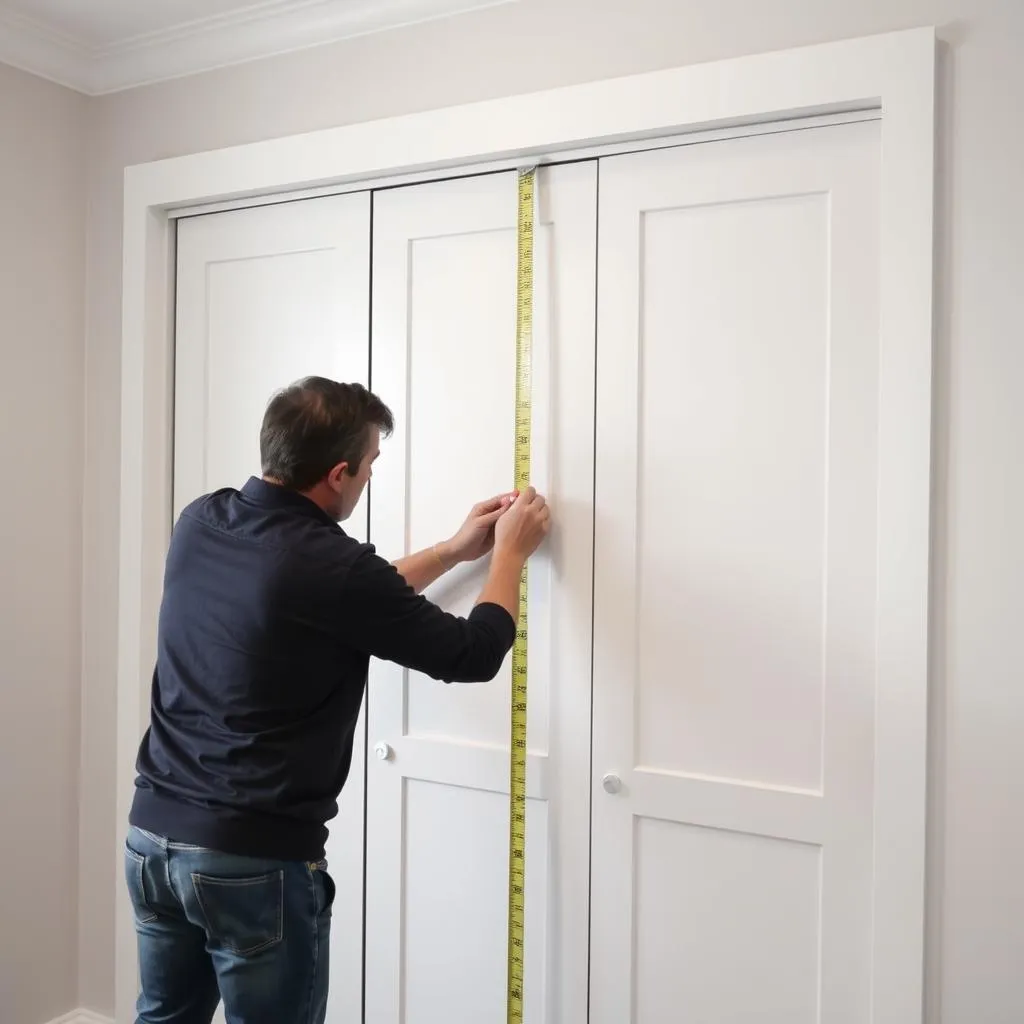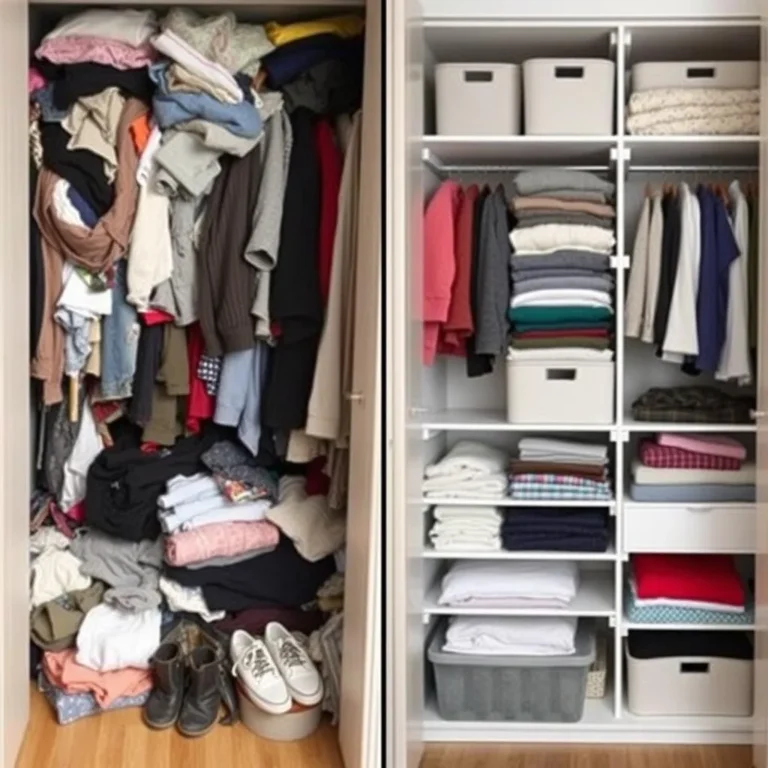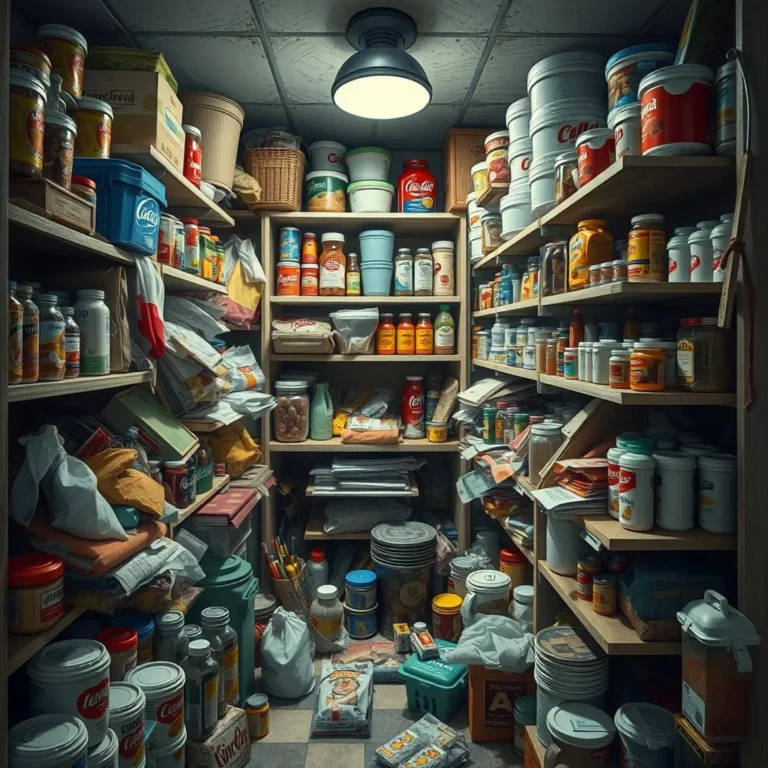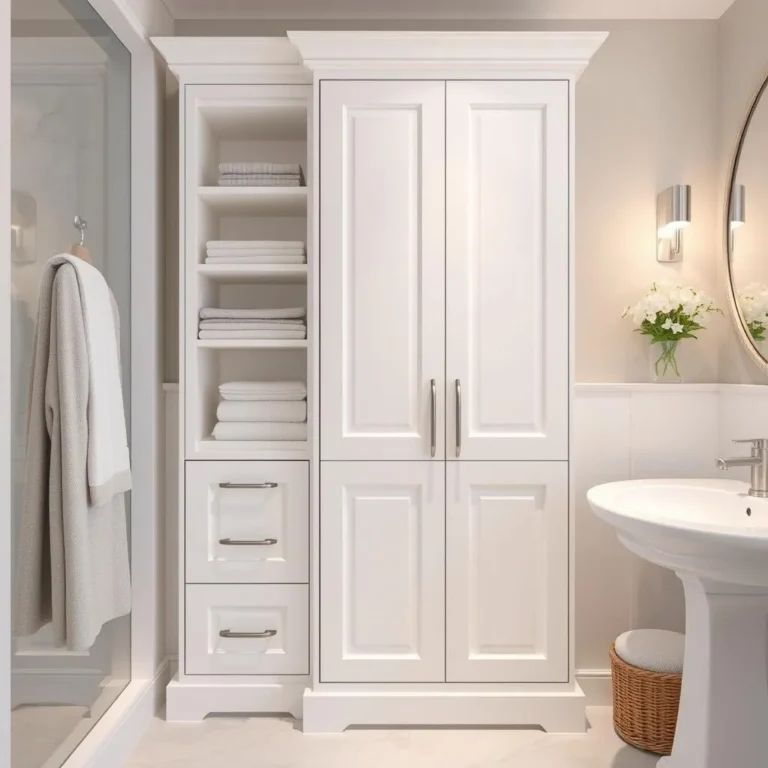Table of Contents
1. Introduction: Maximizing Space with Built-in Wardrobes
1.1 The Allure of Built-in Storage
1.2 Space-Saving Solutions for Every Home
2. Planning Your Built-in Wardrobe: A Step-by-Step Guide
2.1 Assessing Your Space and Needs
2.2 Choosing the Right Materials and Finishes
2.3 Designing the Layout: Shelves, Drawers, and Hanging Space
3. Built-in Wardrobe Styles and Designs
3.1 Classic and Timeless Designs
3.2 Modern and Minimalist Aesthetics
3.3 Customizable Options for Unique Spaces
4. The Cost Factor: Understanding the Investment
4.1 Factors Affecting the Overall Price
4.2 Budget-Friendly Alternatives and DIY Options
5. Installation and Maintenance of Built-in Wardrobes
5.1 Professional Installation vs. DIY
5.2 Keeping Your Wardrobe in Top Shape
6. Benefits Beyond Storage: Enhancing Your Home’s Value
6.1 Increased Property Value
6.2 Improved Organization and Aesthetics
7. Built-in Wardrobes for Specific Rooms
7.1 Master Bedroom Suites
7.2 Children’s Bedrooms
7.3 Hallways and Other Spaces
8. Eco-Friendly Options for Sustainable Storage
8.1 Sustainable Materials
8.2 Energy-Efficient Designs
9. Choosing the Right Installer or Contractor
9.1 Research and Recommendations
9.2 Contracts and Agreements
10. Troubleshooting Common Issues
11. Integrating Technology into Your Wardrobe
12. Future Trends in Built-in Wardrobe Design
13. Case Studies: Real-world Examples of Built-in Wardrobes
14. Conclusion: The Enduring Appeal of Built-in Storage
15. FAQs
Built-In Wardrobe Storage: A Comprehensive Guide
1. Introduction: Maximizing Space with Built-in Wardrobes
1.1 The Allure of Built-in Storage
Let’s face it: closet space is often the bane of many homeowners’ existence. Cramped closets, overflowing shelves, and clothes piled haphazardly on the floor are common sights. But what if I told you there’s a solution that not only tackles this problem but also elevates the style and functionality of your home? Enter the built-in wardrobe. Built-in wardrobes are more than just storage solutions; they’re a statement piece, a space-maximizing marvel, and a significant investment in your home’s aesthetic appeal. They transform cluttered spaces into organized havens, seamlessly blending form and function.
1.2 Space-Saving Solutions for Every Home
Whether you have a small apartment or a sprawling mansion, the beauty of built-in wardrobes lies in their adaptability. They’re custom-designed to fit any space, no matter how oddly shaped or limited. Unlike freestanding wardrobes, built-ins utilize every nook and cranny, maximizing storage capacity without sacrificing precious floor space. Imagine a room transformed: from chaotic to calm, from cramped to spacious, simply by integrating clever built-in storage. This isn’t just about hiding clutter; it’s about creating a sense of order and tranquility.
2. Planning Your Built-in Wardrobe: A Step-by-Step Guide
2.1 Assessing Your Space and Needs
Before you even think about materials or styles, you need to meticulously measure your space. Take precise measurements of the wall height, width, and depth. Consider the existing architectural features, like windows or doors, that might influence the design. Then, honestly assess your storage needs. How many clothes do you have? Do you need more space for shoes, accessories, or linens? Creating a detailed inventory will help you plan a wardrobe that effectively caters to your specific requirements. 
2.2 Choosing the Right Materials and Finishes
The materials you choose will impact both the look and longevity of your wardrobe. From classic wood to sleek modern materials like melamine or lacquered finishes, the options are vast. Think about the overall style of your room and your personal preferences. Consider factors like durability, maintenance, and cost. A durable material like solid wood might be a more expensive upfront investment, but it offers longevity and a touch of timeless elegance. Melamine, on the other hand, provides a more budget-friendly and low-maintenance option, with a wide range of color and finish choices.
2.3 Designing the Layout: Shelves, Drawers, and Hanging Space
This is where the real magic happens. The layout of your built-in wardrobe will determine its efficiency. Think strategically about the combination of shelves, drawers, and hanging space that best suits your needs. Long hanging spaces are perfect for dresses and coats, while shorter rods accommodate shirts and blouses. Drawers are ideal for storing folded items like sweaters and pants, while shelves offer versatile storage for everything from shoes to handbags. Consider incorporating specialized features like pull-out drawers for shoes or tie racks to optimize organization and accessibility.
3. Built-in Wardrobe Styles and Designs
3.1 Classic and Timeless Designs
Traditional styles, often featuring solid wood and elegant detailing, offer a sense of enduring sophistication. Think rich wood tones, intricate carvings, and perhaps even a touch of antique hardware. These designs provide a timeless aesthetic that will stand the test of time, complementing a range of interior styles. 
3.2 Modern and Minimalist Aesthetics
Clean lines, sleek surfaces, and a minimalist approach define modern built-in wardrobes. Often featuring neutral colors and simple hardware, these designs exude sophistication and efficiency. They complement contemporary interiors seamlessly and are ideal for creating a sense of spaciousness, even in smaller rooms. 
3.3 Customizable Options for Unique Spaces
One of the greatest advantages of built-in wardrobes is their adaptability. They can be customized to fit even the most challenging spaces—sloped ceilings, awkward corners, and alcoves are all opportunities for creative design solutions. A skilled designer can integrate the wardrobe seamlessly into the existing architecture, creating a truly bespoke piece of furniture.
4. The Cost Factor: Understanding the Investment
4.1 Factors Affecting the Overall Price
The cost of a built-in wardrobe is influenced by several factors, including the size, materials, complexity of the design, and the labor involved in installation. Higher-end materials like solid wood or custom-designed features will naturally increase the price. The complexity of the design, including intricate detailing or specialized features, will also add to the overall cost.
4.2 Budget-Friendly Alternatives and DIY Options
While custom-built wardrobes can be a significant investment, there are ways to keep costs down. Consider using more affordable materials or opting for a simpler design. For those with DIY skills, building a basic built-in wardrobe can be a rewarding project, allowing you to save on labor costs. However, remember to carefully assess your abilities before embarking on such an undertaking.
5. Installation and Maintenance of Built-in Wardrobes
5.1 Professional Installation vs. DIY
Professional installation ensures a precise fit and a high-quality finish. It’s particularly crucial for complex designs or if you’re working with specialized materials. While DIY can save money, it requires significant skill and can lead to problems if not done correctly.
5.2 Keeping Your Wardrobe in Top Shape
Regular maintenance is key to preserving the beauty and functionality of your built-in wardrobe. Dusting regularly and occasionally cleaning the surfaces will prevent the buildup of grime. Addressing any minor damage promptly will prevent larger issues from developing.
6. Benefits Beyond Storage: Enhancing Your Home’s Value
6.1 Increased Property Value
Built-in wardrobes are a significant selling point for potential buyers. They add value to your home by enhancing its functionality, aesthetics, and overall appeal. A well-designed built-in wardrobe can be a key factor in attracting buyers and commanding a higher price in the real estate market.
6.2 Improved Organization and Aesthetics
Beyond the obvious storage benefits, built-in wardrobes dramatically improve the organization and aesthetics of your home. They create a sense of order and calm, transforming a chaotic space into a stylish and functional area. This contributes to a more comfortable and enjoyable living environment.
7. Built-in Wardrobes for Specific Rooms
7.1 Master Bedroom Suites
In the master bedroom, built-in wardrobes provide ample storage for clothing, linens, and accessories. They can be designed to incorporate features like jewelry drawers, valet rods, and even integrated lighting for optimal functionality.
7.2 Children’s Bedrooms
For children’s rooms, built-in wardrobes offer smart storage solutions that grow with the child. They can include adjustable shelving, drawers for toys, and hanging space for clothes.
7.3 Hallways and Other Spaces
Built-in wardrobes aren’t limited to bedrooms. They can be creatively incorporated into hallways, entryways, or even under staircases to maximize storage in less obvious areas.
8. Eco-Friendly Options for Sustainable Storage
8.1 Sustainable Materials
Choosing environmentally friendly materials, such as sustainably sourced wood or recycled materials, is essential for responsible home improvement. Look for certifications that guarantee the sustainability of the materials used.
8.2 Energy-Efficient Designs
Consider features like energy-efficient lighting or materials with low environmental impact during manufacturing and disposal. These choices can contribute to a more sustainable living environment.
9. Choosing the Right Installer or Contractor
9.1 Research and Recommendations
Thorough research is key. Check reviews, request references, and ask about their experience with built-in wardrobes. A reputable installer will provide a detailed proposal, timelines, and warranties.
9.2 Contracts and Agreements
Always have a written contract specifying the materials, design, timelines, and payment terms. Ensure that everything is clearly outlined to avoid potential disputes.
10. Troubleshooting Common Issues
Sticking drawers, uneven shelves, and doors that don’t close properly are common problems. Regular maintenance and timely repairs will prevent minor issues from becoming major headaches.
11. Integrating Technology into Your Wardrobe
Smart features like built-in lighting, charging stations, and even automated systems are becoming increasingly popular. These additions elevate convenience and functionality.
12. Future Trends in Built-in Wardrobe Design
Expect to see more innovative designs, sustainable materials, and smart technology integrated into future built-in wardrobes. The trend toward customization and personalization will continue to grow.
13. Case Studies: Real-world Examples of Built-in Wardrobes
Showcasing successful implementations of built-in wardrobes in various settings provides inspiration and demonstrates the transformative potential of these storage solutions.
14. Conclusion: The Enduring Appeal of Built-in Storage
Built-in wardrobes are more than just storage solutions; they’re a significant investment that enhances the functionality, aesthetics, and value of your home. By carefully planning your design and choosing the right materials and installer, you can create a truly bespoke storage solution that meets your needs and elevates your living space for years to come.
15. FAQs
Q1: How much does a built-in wardrobe cost?
A1: The cost varies greatly depending on size, materials, complexity, and location. Get multiple quotes to compare prices.
Q2: How long does it take to install a built-in wardrobe?
A2: The installation time depends on the size and complexity of the project; it can range from a few days to several weeks.
Q3: Can I install a built-in wardrobe myself?
A3: While possible for simple designs, professional installation is recommended, especially for complex projects.
Q4: What materials are best for built-in wardrobes?
A4: Many options exist, including wood, melamine, and lacquered finishes. The best choice depends on your budget, style, and maintenance preferences.
Q5: How do I maintain my built-in wardrobe?
A5: Regular dusting and occasional cleaning will prevent grime buildup. Address minor damage promptly to avoid larger problems.






